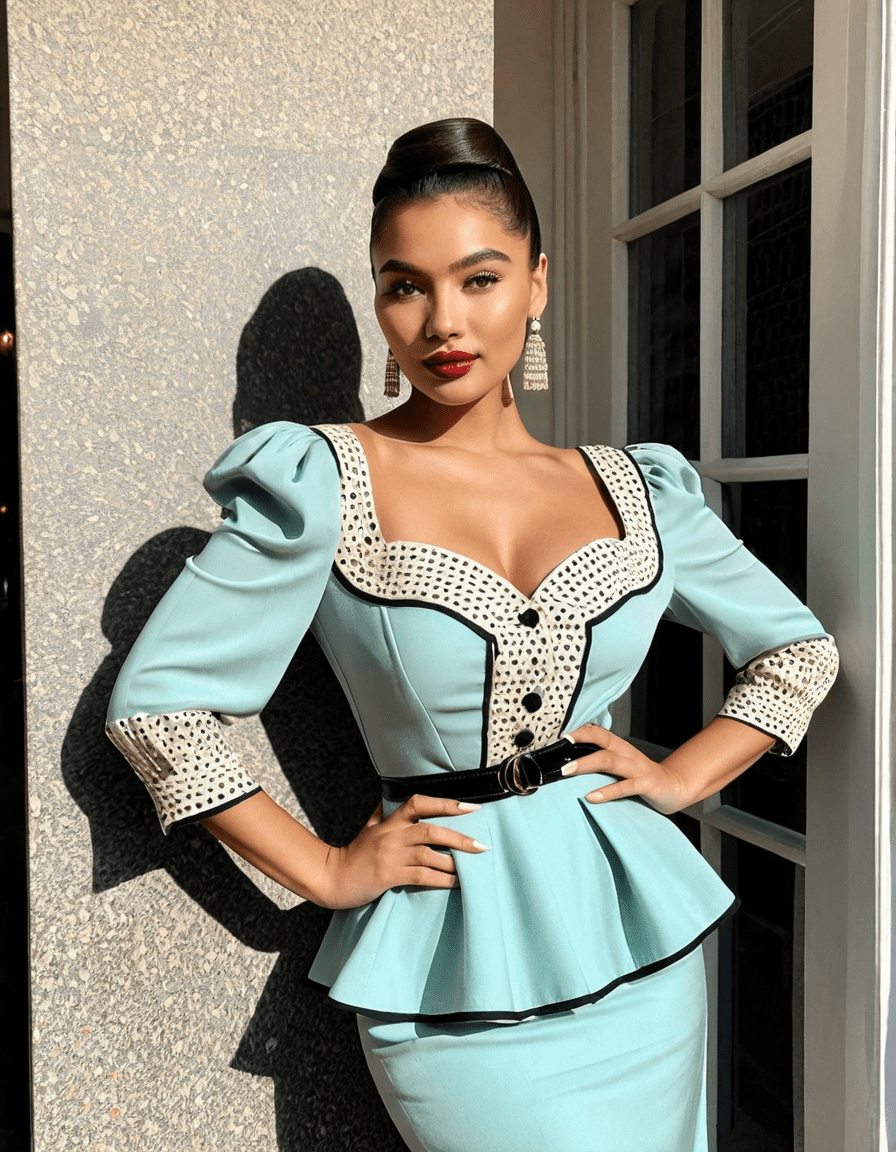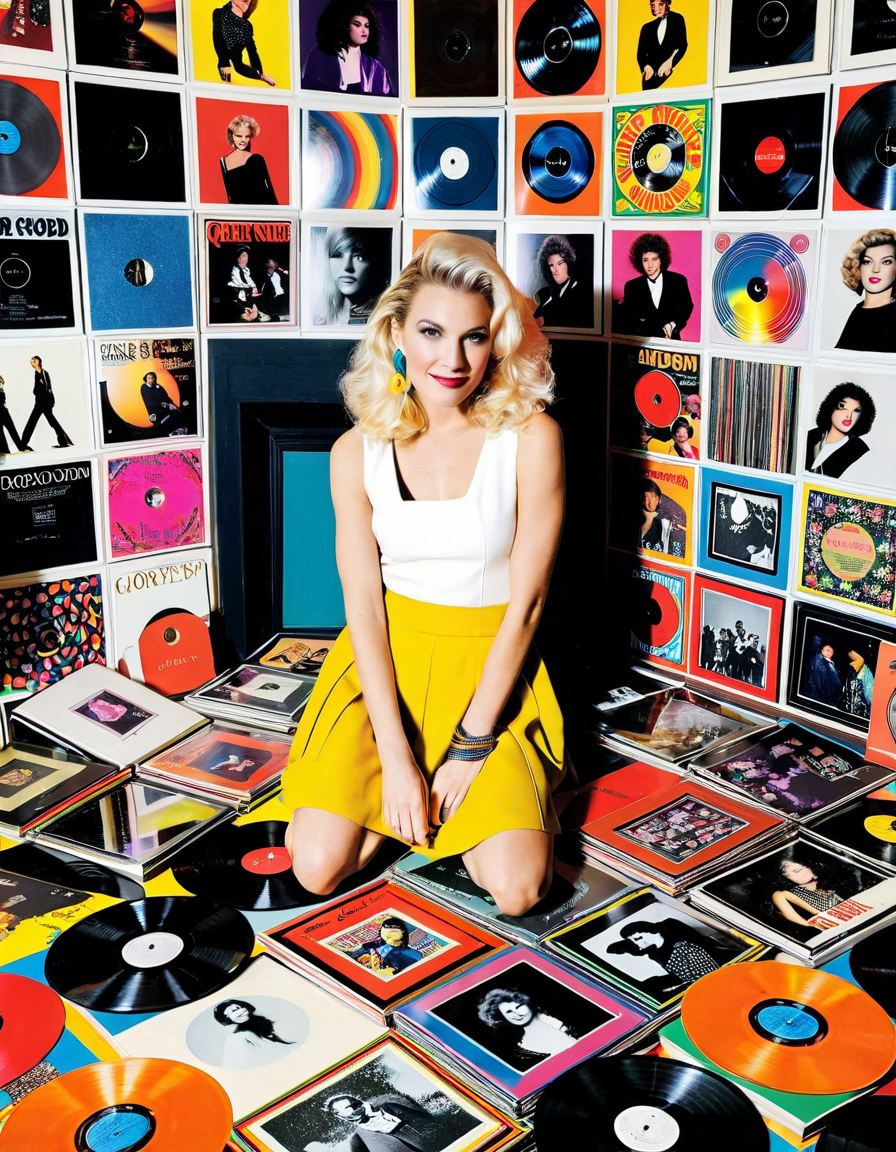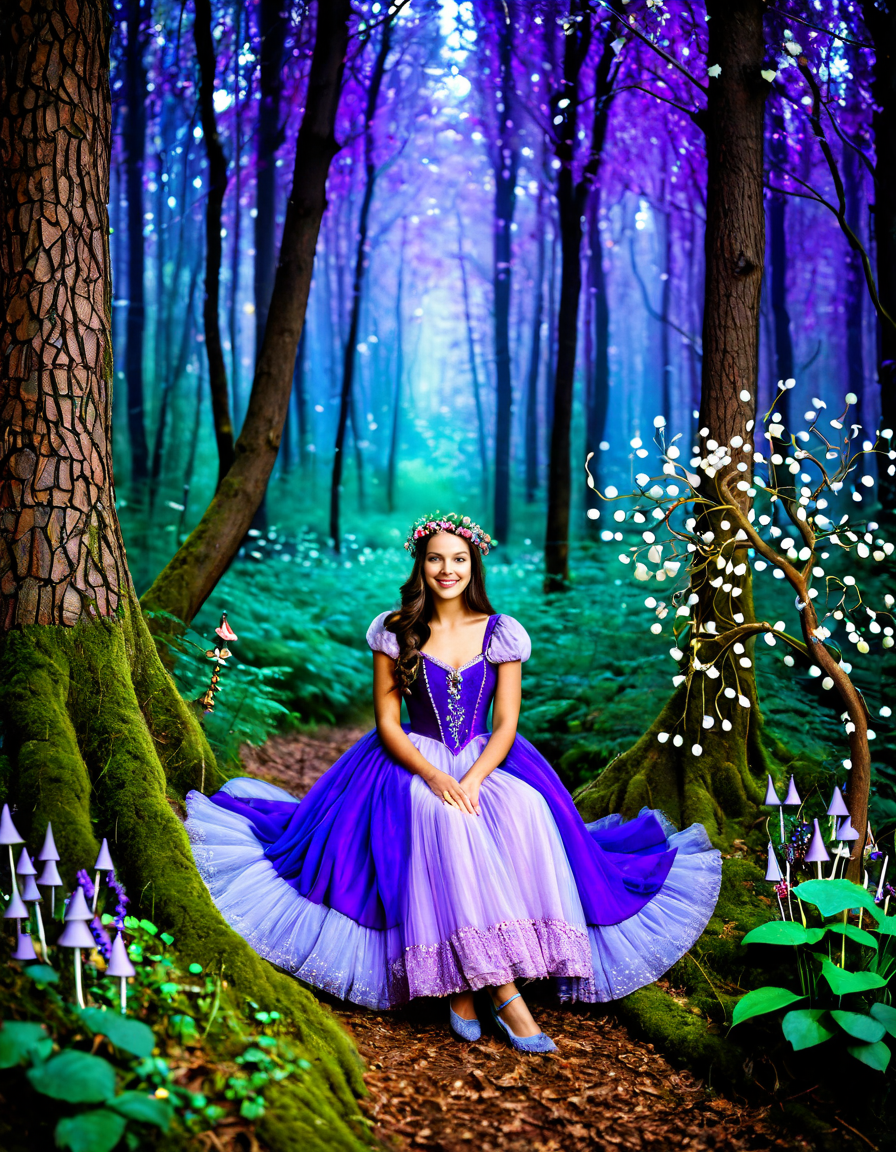Affectation is an intriguing concept that permeates art and culture, manifesting as a layer of artifice that often obscures genuine emotion and authenticity. As viewers, we grapple with this duality, questioning whether what we see is true or simply a clever façade. In both the art world and everyday life, affectation influences perceptions, often compelling artists and creators to delve into the intricate dance between sincerity and performance. This article will explore the multifaceted nature of affectation, shedding light on its impact in various fields and how it affects our understanding of identity, artistry, and society.

1. The Multifaceted Concept of Affectation in Art and Culture
Affectation serves as a tool for shaping perceptions and cultural norms, threading itself through different forms of expression. From performance art to literature and fashion, artists strive for authenticity, yet often resort to artifice to engage their audiences meaningfully.
1.1. Affectation in Performance Art: The Dance Between Authenticity and Artifice
Performance art, led by innovators like Marina Abramović, deliberately embraces affectation. In her provocative piece, The Artist Is Present, Abramović invites viewers into her emotional world while simultaneously upholding the performative nature of her role. This interplay stirs a tension that reveals genuine feelings wrapped in layers of presentation.
Abramović’s ability to blur reality and performance compels audiences to question their biases regarding authenticity. For viewers, the experience becomes a mirror, provoking introspection about their perceptions of emotion and intention. The choice to engage in the act of observing art shapes not just the meaning of the work but also the role of the audience itself.
1.2. Literary Affectation: The Role of Style Over Substance
In literature, affectation often appears in the form of characters carefully curated by authors. Take Kazuo Ishiguro, for instance. His novel, “Never Let Me Go,” presents characters who navigate a world of artificial constructs. Their interactions teem with unspoken tension, rich with implications that spark intrigue.
These layered dialogues enhance character development and deepen narrative complexity. As readers, we experience a simultaneous draw towards sincerity and artifice, as Ishiguro masterfully transforms affectation into a vital narrative device. Ultimately, this reveals how even the most artificial portrayals can resonate on a deeply human level.

2. Top 5 Influential Figures Utilizing Affectation in Modern Society
Affectation stretches across contemporary culture, embodied by figures who wield it in profound and sometimes controversial ways. Here, we’ll spotlight five individuals who exemplify affectation while leaving an indelible mark on their respective spheres.
2.1. 1. Kanye West: The Art of Self-Mythology
Kanye West stands as a towering figure in the conversation about affectation, brilliantly using it to craft his artistic persona. Particularly during his “Yeezus” era, Kanye merged emotional rawness with provocative imagery. This exploration sheds light on celebrity culture while simultaneously questioning artistic identity in the public eye.
Kanye’s affectation encapsulates the fine line between authenticity and self-creation. His provocative statements and bold lyrics reflect an artist struggling to balance personal truth with commercial expectations, ultimately encouraging fans to engage in a dialogue about their own perceptions of identity.
2.2. 2. Andy Warhol: The Archetype of Cool and Affected Distance
Andy Warhol’s artistic philosophy inherently embraces affectation. His silkscreen works and public persona intentionally elevate superficiality, redefining cultural norms regarding identity and fame. Warhol’s impact transcends the realm of visual arts, embedding itself within societal discourse.
Warhol created art as accessible as any product, blending the high and low cultures of his time. By embodying façades, he turned art into a contemporary commentary on consumerism, prompting society to reflect on the authenticity of their consumption and admiration.
2.3. 3. Coco Chanel: Redefining Fashion Through Affected Elegance
Coco Chanel single-handedly shaped the fashion landscape through her masterful use of affectation. With the launch of her iconic Chanel No. 5 perfume, she crafted a luxurious yet aspirational image for women. This savvy approach broke free from societal constraints, offering women a means of self-creation through style.
Chanel’s ability to blend artifice with elegance encouraged women to embrace their identities and redefine femininity. By crafting a persona that symbolized empowerment, she reconfigured the societal standards of her time, enabling future generations to explore their own aesthetic narratives.
2.4. 4. David Bowie: The Chameleon of Emotion
David Bowie epitomized affectation throughout his career, revolutionizing self-expression in music and performance. His personas, from Ziggy Stardust to the Thin White Duke, illustrated the fluidity of identity and challenged listeners to confront their understanding of self-presentation.
Bowie’s chameleonic approach to artistry allowed him to explore multifaceted emotions while resonating deeply with audiences. His use of affectation not only entertained but also opened dialogues about gender, identity, and the human experience.
2.5. 5. Influencers: The Modern-Day Affected Persona
The rise of social media influencers like Kim Kardashian epitomizes modern affectation. Initiated by curated lifestyles, this new breed of celebrity blurs the line between authentic connection and carefully constructed imagery. Influencers often present polished, idealized versions of themselves, revealing much about societal notions of beauty and success.
As followers become enamored with these affectations, it prompts broader societal questions about authenticity and relatability. The influencers’ obsession with aesthetics influences consumer behavior, reshaping the way we perceive self-worth and identity.

3. The Balance Between Groping for Authenticity and Embracing Artifice
Finding the balance between authenticity and artifice is a precarious journey. Individuals and creators grapple with this delicate interplay in their quests for self-expression. As evident in the video game “Bloodborne,” players navigate through themes of grotesque artistry and emotional authenticity.
In “Bloodborne PC,” dark, atmospheric environments serve as metaphors for human struggle. Characters embody the search for truth amid chaos, prompting players to confront their real-life perceptions of artifice and sincerity. This virtual experience echoes real-world complexities, inviting players to reflect on their emotions and the artifice surrounding them.

4. The Impact of Affectation on Society and Culture
Affectation doesn’t just live within the annals of art; it spills over into society, reshaping cultural movements and personal identities. Its implications reverberate through mental health, self-presentation, and interpersonal relationships.
Consider the emergence of the “Instagram aesthetic,” where curated lifestyles dominate social platforms. Across various demographics, the affectation fostered by influencers alters societal norms around beauty and success. The impact stretches into real-life interactions, leading to anxiety and unrealistic standards among individuals grappling with self-worth.
The Consequences of Affectation on Cultural Movements

5. Re-examining Affectation in 2026: New Horizons and Future Trends
As we enter 2026, perceptions of affectation continue evolving. Innovations in artificial intelligence (AI) are reshaping artistic landscapes and transforming the ways individuals curate their identities. New mediums afford creators more freedom, encouraging further experimentation with authenticity and artifice.
Potential trends indicate a shift towards more genuine connections amid the layers of affectation. With increasing scrutiny, society may begin to favor authenticity while redefining how affectation serves as a personal branding tool.
Ultimately, the enduring question remains: can we separate authenticity from the layers of affectation we navigate every day—both in person and through screens? As society advances, the intrigue surrounding affectation will only deepen, inspiring artists, influencers, and individuals alike.
By reflecting on the intricate relationship between authenticity and artifice, we can strive toward a more understanding perspective that acknowledges the nuanced journey of the human experience. As the line blurs between genuine expression and artifice, one thing is for sure: the game we play is as complex and beautiful as life itself.
Affectation: The Intriguing Enigma of Artifice
What is Affectation?
Affectation often refers to a type of behavior or style that seems insincere—something we all do from time to time, whether to impress others or fit in. Picture this: someone dramatically extending their hand to grab a cup of coffee, as if it’s a performance art piece. Yep, that’s affectation in action! Interestingly, this concept has not only made its way into everyday interactions but also into our entertainment. For instance, think of characters like Baylan Skoll, whose ever-dramatic flair brings affectation to life on-screen. Moreover, public figures often grapple with it too, like Mercedes Schlapp, who’s known for her engaging public persona, sometimes bordering on the affected.
A Bit of Fun History
Did you know that the term “affectation” dates back to the 16th century? Back then, it was often related to art and the “performance” of social graces. And when we talk about movies or shows, it’s not far-fetched to consider how affectation plays a role in character development. Think about the late Matthew Perry, whose iconic roles often walked the line between genuine emotion and affectation. Just how did he do it? It’s the fine art of balancing sincerity with an elaborate style. This creates characters that feel both relatable and exaggerated, making for engaging storytelling.
Modern-Day Examples
In today’s society, affectation appears everywhere, from social media posts crammed with filters to those exaggerated sayings we toss around at parties. It makes us wonder: are we embracing affectation, or are we just faking it until we make it? With the rise of influencers, the lines blur even more. Some folks might even lighten up with a little help from weed Gummies after a long day, showcasing one aspect of how people navigate the maze of authenticity versus artifice. Plus, platforms that critique pop culture, like Hitflix, have a field day analyzing how affectation shapes our perceptions of celebrities. No doubt, it’s a testament to humanity’s endless quest for connection—however complex it may be!
So, whether you’re part of a quirky group or just browsing through escapades on YouTube channels, it’s clear that affecting a persona can be both fun and revealing—like peeking behind the curtain at a show, or joining a good-natured beef between two online personalities like Urinatingtree and Mark Lamb. Each character we encounter, with their polished veneers, leads us on a journey as we dissect what’s real and what’s just a tad artificial.

















